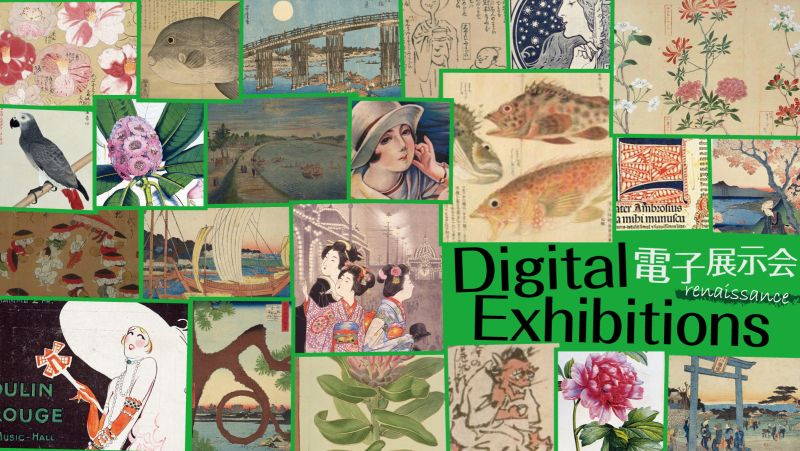The Introduction and Boom of Kingyo (Goldfish)

Many Japanese people may remember kingyo sukui (scooping goldfish) at festivals and fairs during their childhood. Goldfish gracefully swimming in tanks were a symbol of summer during the Edo period.
Goldfish were introduced from China. Around the third to fourth centuries, a red crucian carp was found along the Yangtze River. It was later bred and refined in the courts and temples, eventually developing into a more ornate form with split tails. Seeing this beautiful fish, people named it “goldfish,” believing it would bring good fortune, and this is said to be the origin of the name goldfish (kingyo). According to Kingyo sodategusa (Goldfish breeding manual), some say that goldfish were introduced to Japan in 1502 (Bunki 2) in the Muromachi period, arriving in Sakai in Osaka.
When goldfish were first imported, they were expensive and kept only by wealthy merchants and aristocrats. In Japan, goldfish were initially called kogane uo or kingyo. Over time, the term kingyo became established. In “Kinmo zui”, an illustrated encyclopedia, they are introduced as “kingyo”.
Even in the Edo period, goldfish were initially kept for the enjoyment of wealthy merchants, feudal lords, and aristocrats. However, by the mid-Edo period, goldfish farming began, and their prices became more affordable. In 1748 (Kan'en 1), a goldfish breeding manual titled “Kingyo sodategusa” was published, and gradually, goldfish became popular among the common people. The goldfish boom reached its peak during the Bunka and Bunsei eras (1804-1830). During this time, goldfish sellers who peddled their fish began to be seen along with goldfish scooping, becoming a summer tradition in the streets of Edo. The images below depict scenes of goldfish sellers and people cooling off with small round glass bowls containing goldfish hanging in front of shops.
In the world of nishiki-e, goldfish began to appear as a symbol of summer. During the Edo period, large glass tanks were not available, so goldfish were kept in ceramic bowls. As a result, it was common to view goldfish from above, a practice known as uwami.
From the end of the Edo period to the Meiji period, goldfish started to be kept in aquariums and ponds in ordinary households and schools. In the entertainment districts, the vibrant colors and graceful swimming of goldfish were considered symbols of being chic and were highly appreciated by customers.
References
- 鈴木克美 [著], "金魚と日本人" (講談社 2019)
(SUZUKI Katsumi, Kingyo to Nihonjin, Kodansha, 2019) - 吉田信行 著 et.al, "金魚春秋文化誌 : 創業文政二年からの知恵と極意 : 老舗が語る金魚の歩みと飼育の極意" (ヨシダ 2014)
(YOSHIDA Nobuyuki et.al, Kingyo Shunju Bunkashi, Yoshida, 2014) - 吉田智子 著, "江戸創業金魚卸問屋の金魚のはなし" (洋泉社 2013)
(YOSHIDA Tomoko, Edo Sogyo Kingyo Oroshi-don'ya no Kingyo no Hanashi, Yosensha, 2013)
